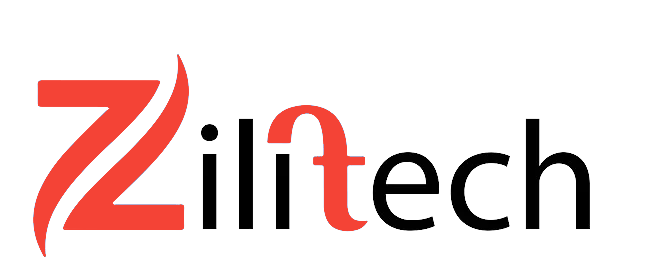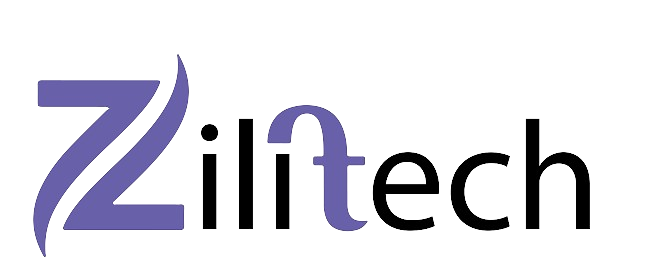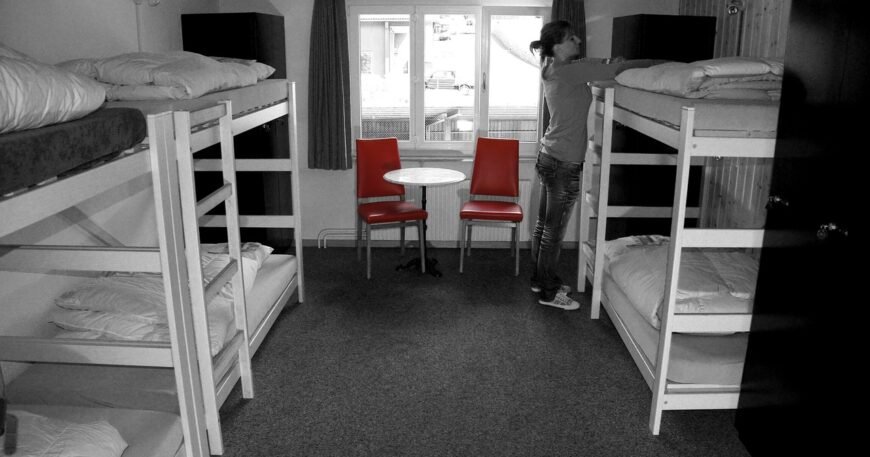Introduction
When it comes to student life, finding the right place to live can be just as crucial as choosing the right classes. That’s where student accommodation systems come into play. These digital platforms streamline the process of finding, managing, and maintaining student housing, making life easier for both students and administrators. Whether you’re a student looking for the perfect dorm or an administrator aiming to simplify housing logistics, understanding these systems can make all the difference.
What Makes a Great Student Accommodation System?
Not all student accommodation systems are created equal. Here’s what to look for:
User-Friendly Interface
The best systems are intuitive, making it easy for both students and staff to navigate. A cluttered, confusing interface can frustrate users, so simplicity and clarity are key.
Integration Capabilities
An effective system should integrate seamlessly with other campus software like student information systems, financial management tools, and communication platforms. This integration ensures that data flows smoothly between different systems, reducing redundancy and errors.
Customization Options
Every institution has unique needs. A top-notch system allows for customization to fit specific requirements, from branding to functionality.
Support and Training
Good systems offer robust support and training to ensure that users can maximize their potential. This includes tutorials, customer support, and ongoing updates.
Data Security and Compliance
Handling sensitive information like student data requires stringent security measures. Ensure that any system you consider complies with relevant data protection regulations and offers secure data handling.
Top Student Accommodation Systems Overview
Let’s explore some of the best student accommodation systems available today.
StarRez
StarRez is a comprehensive solution designed to handle all aspects of student housing, from applications to room assignments and beyond.
RMS (Residential Management System)
RMS is known for its robust feature set and flexibility, catering to various types of student housing arrangements.
eRezLife
eRezLife focuses on enhancing the residential experience with features tailored to both students and administrators.
Roompact
Roompact is designed with community building in mind, offering tools to foster engagement and communication.
Mercury by QLCS
Mercury by QLCS combines modern technology with traditional housing management, offering a balanced approach.
Detailed Reviews of Top Systems
Let’s delve deeper into each of these systems to understand their strengths and weaknesses.
StarRez
Overview
StarRez is a powerful, all-encompassing student accommodation system used by institutions worldwide.
Key Features
- Comprehensive Applications Management: Handles everything from initial applications to final room assignments.
- Robust Reporting Tools: Offers detailed analytics and reporting capabilities.
- User-Friendly Interface: Easy to navigate for both students and staff.
Pros and Cons
Pros:
- Highly customizable
- Excellent support and training resources
- Strong integration capabilities
Cons:
- Can be complex for new users
- Higher price point
RMS (Residential Management System)
Overview
RMS offers a flexible solution with a range of features designed to accommodate different types of student housing.
Key Features
- Flexible Room Assignment: Adaptable to various housing arrangements.
- Integrated Communication Tools: Facilitates easy communication between residents and staff.
- Comprehensive Billing System: Manages billing and payments efficiently.
Pros and Cons
Pros:
- Versatile and adaptable
- Strong customer support
- Effective billing management
Cons:
- Interface can be dated
- Requires significant setup time
eRezLife
Overview
eRezLife aims to enhance the residential experience with a focus on user engagement and community building.
Key Features
- Event Management: Facilitates planning and managing residential events.
- Community Engagement Tools: Encourages interaction and participation among residents.
- Streamlined Application Process: Simplifies the application and assignment process.
Pros and Cons
Pros:
- Excellent for community engagement
- Intuitive interface
- Strong event management features
Cons:
- Limited customization options
- Smaller user base compared to competitors
Roompact
Overview
Roompact is all about building a strong community with tools that foster communication and engagement.
Key Features
- Communication Tools: Enhances interaction between residents and staff.
- Community Building Features: Supports initiatives to build a cohesive residential community.
- Data Analytics: Provides insights into community engagement and resident satisfaction.
Pros and Cons
Pros:
- Focuses on community building
- User-friendly
- Strong analytical tools
Cons:
- Limited to engagement features
- Higher learning curve for new users
Mercury by QLCS
Overview
Mercury by QLCS merges traditional housing management with modern technological solutions.
Key Features
- Comprehensive Housing Management: Covers all aspects of student accommodation.
- Advanced Reporting Tools: Provides detailed insights and reports.
- User-Centric Design: Focuses on ease of use for all users.
Pros and Cons
Pros:
- Balanced approach to housing management
- Strong reporting capabilities
- User-friendly design
Cons:
- Can be overwhelming for small institutions
- May require additional training for effective use
Comparing Key Features
Here’s how these systems stack up against each other:
User Experience
StarRez and Mercury by QLCS offer intuitive, user-friendly interfaces, while RMS can feel dated. eRezLife and Roompact excel in specific areas but may have limitations in overall usability.
Integration and Compatibility
StarRez leads with strong integration capabilities, followed by RMS and Mercury by QLCS. eRezLife and Roompact offer fewer integration options but compensate with specialized features.
Support Services
All systems provide robust support, but StarRez and RMS stand out for their extensive training resources. eRezLife and Roompact offer solid support but focus more on community engagement than technical assistance.
Pricing and Value
Pricing varies, with StarRez being on the higher end but offering comprehensive features. RMS provides flexibility at a mid-range price. eRezLife and Roompact are more affordable but may require compromises on customization. Mercury by QLCS offers balanced pricing with a focus on usability.
Choosing the Right System for Your Needs
Here’s how to decide:
Assessing Your Requirements
Determine what your institution needs most. Do you need strong community engagement tools, or is comprehensive housing management more important?
Budget Considerations
Evaluate your budget against the features offered. Higher-priced systems like StarRez offer extensive features but may exceed the budget for smaller institutions.
Scalability and Future Proofing
Choose a system that can grow with your institution. Consider future expansion and ensure the system can adapt to increasing demands.
Implementation Tips
Setting Clear Goals
Define what you aim to achieve with the new system. Whether it’s improving application processes or enhancing community engagement, clear goals will guide your implementation.
Training Staff and Students
Provide adequate training to ensure everyone can use the system effectively. Consider webinars, tutorials, and hands-on sessions.
Continuous Feedback and Improvement
Solicit feedback regularly to identify areas for improvement. Adjust and update the system based on user experiences to ensure it continues to meet your needs.
Conclusion
Choosing the right student accommodation system can significantly impact the efficiency of your housing management and the satisfaction of your students. By understanding your institution’s needs, assessing top systems, and implementing with clear goals in mind, you can enhance your student accommodation experience.
FAQs
How do I choose the best student accommodation system?
Assess your institution’s specific needs, compare features, and consider your budget to select a system that aligns with your goals.
What is the typical cost of a student accommodation system?
Costs vary widely based on features and institution size, ranging from a few thousand to tens of thousands of dollars annually.
Can these systems integrate with existing campus management software?
Yes, most modern systems offer integration capabilities with existing campus management tools to streamline operations.
How important is customization in a student accommodation system?
Customization is crucial as it allows the system to fit your specific requirements, enhancing usability and effectiveness.
What support options are available for these systems?
Support options typically include customer service, training resources, tutorials, and ongoing updates to ensure the system remains effective.





